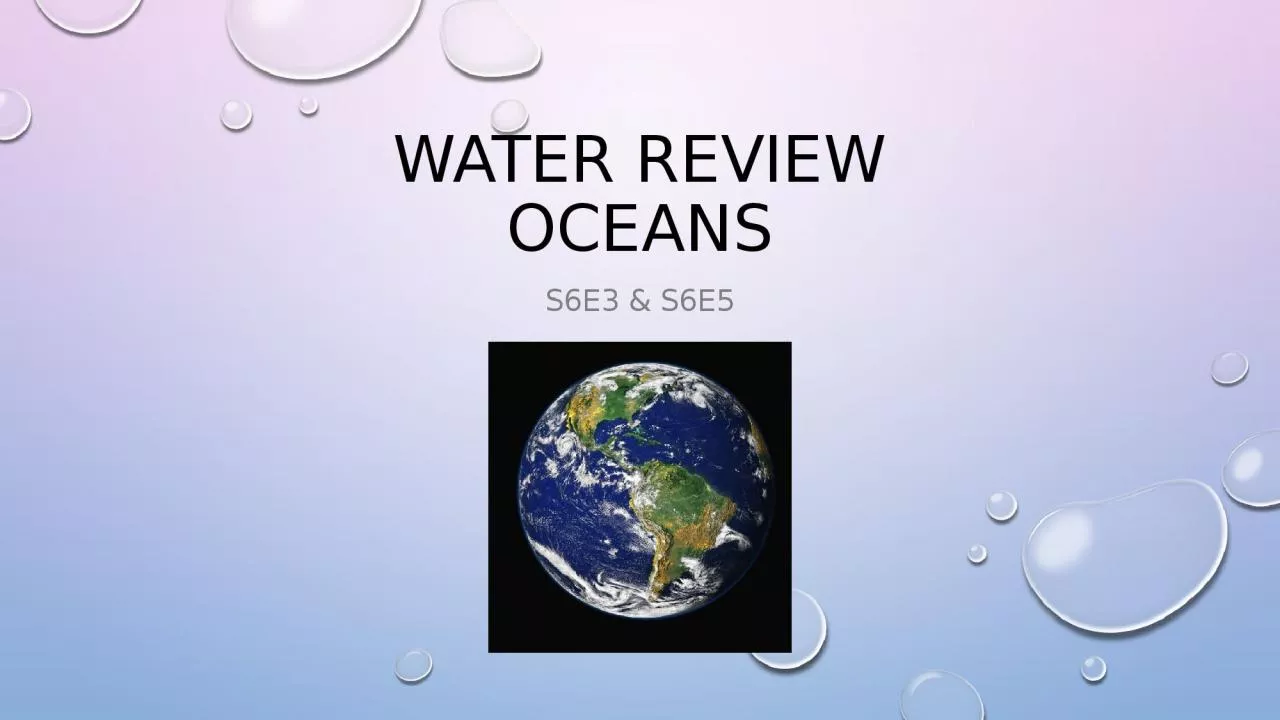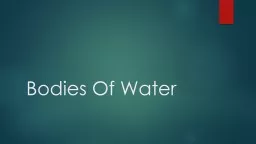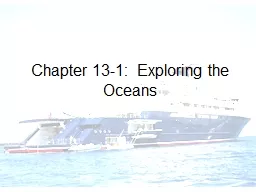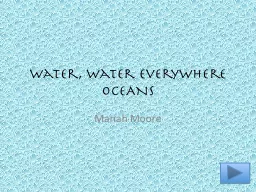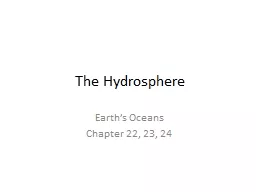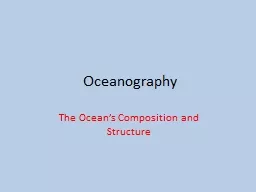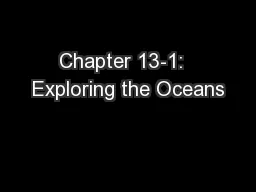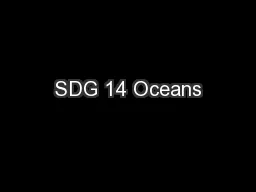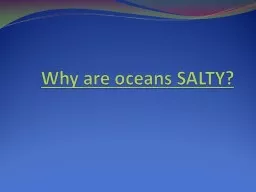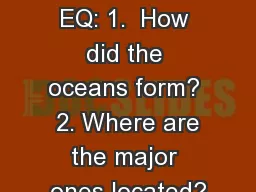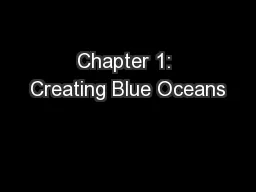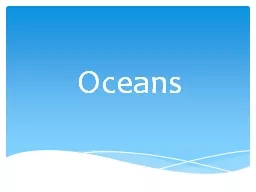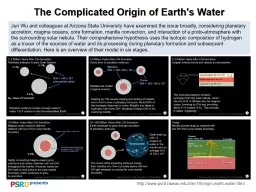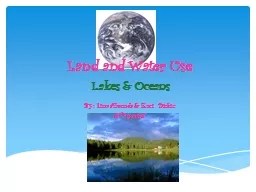PPT-Water review oceans S6E3 & S6E5
Author : hadley | Published Date : 2023-10-29
What is the ratio of freshwater to saltwater on earth A 50 fresh 50 salt B 30 fresh 70 salt C 3 fresh 97 salt D 50 fresh 50 salt C 3 fresh 97 salt Another name
Presentation Embed Code
Download Presentation
Download Presentation The PPT/PDF document "Water review oceans S6E3 & S6E5" is the property of its rightful owner. Permission is granted to download and print the materials on this website for personal, non-commercial use only, and to display it on your personal computer provided you do not modify the materials and that you retain all copyright notices contained in the materials. By downloading content from our website, you accept the terms of this agreement.
Water review oceans S6E3 & S6E5: Transcript
Download Rules Of Document
"Water review oceans S6E3 & S6E5"The content belongs to its owner. You may download and print it for personal use, without modification, and keep all copyright notices. By downloading, you agree to these terms.
Related Documents

